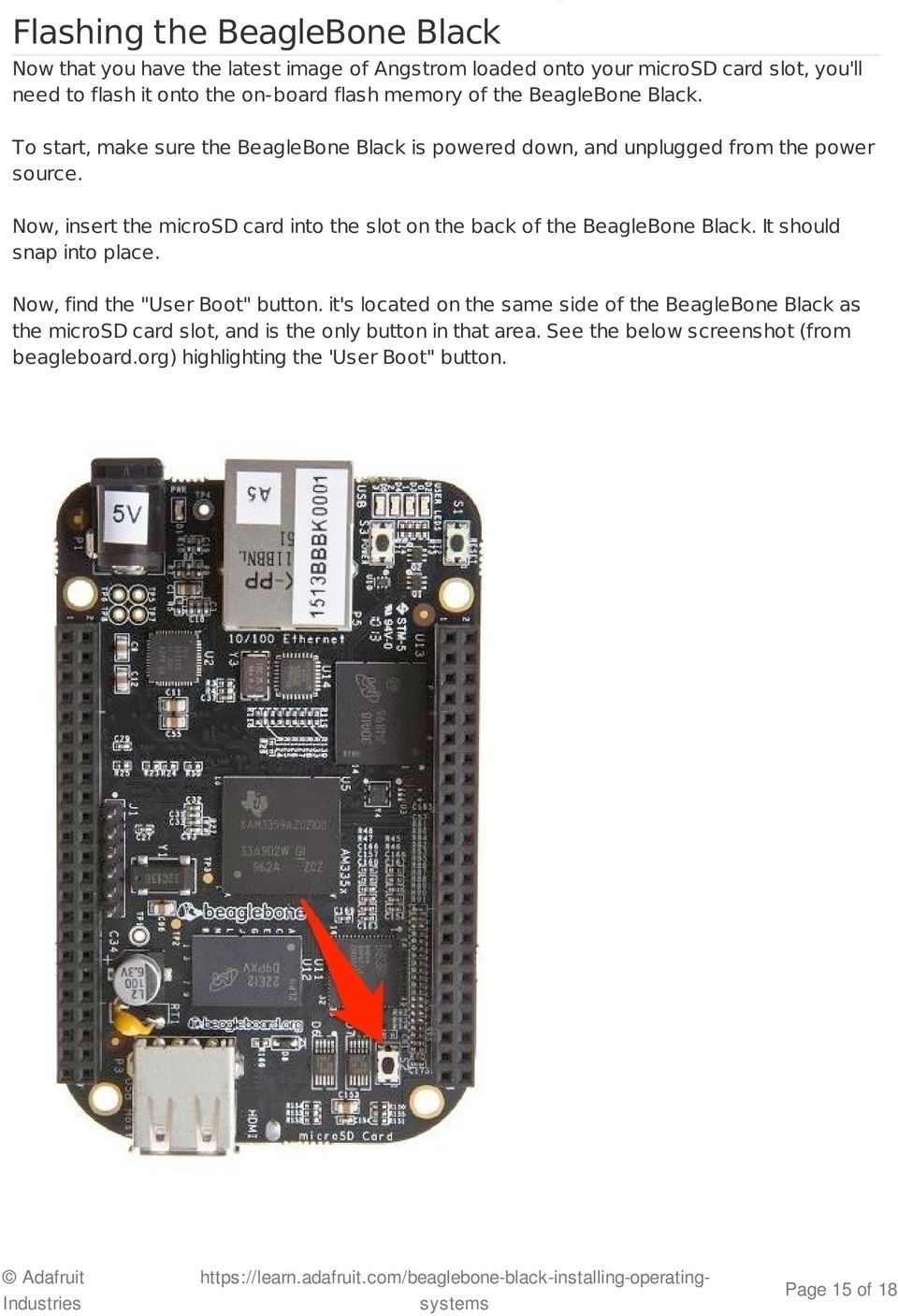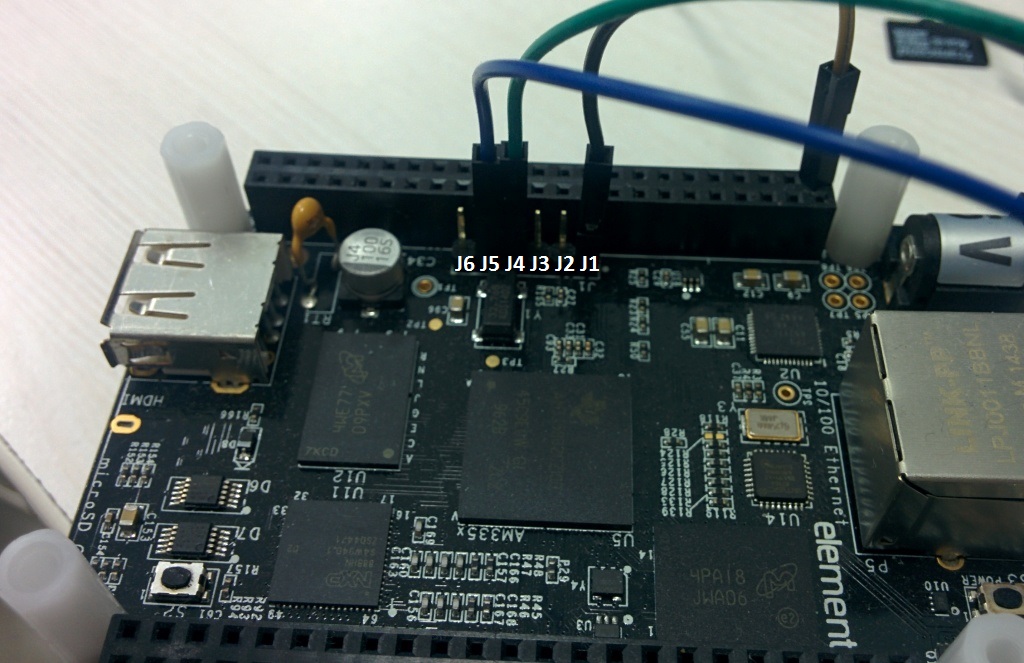

- Making a microsd image for beaglebone and mac how to#
- Making a microsd image for beaglebone and mac install#
- Making a microsd image for beaglebone and mac update#
An example rich UI application is developed for a Beagle board that uses the TMP36 temperature sensor. The Qt framework is the focus of the discussion, largely due to its comprehensive libraries of code. Different software application frameworks are examined for rich UI development, such as GTK+ and Qt. Also introduced are different Beagle board architectures that can support rich UIs, such as general-purpose computing, touch screen display modules, and virtual network computing (VNC). Rich UIs allow for a depth of interaction with an application that is not possible with command-line interfaces (CLIs)-in particular, the addition of graphical display elements can result in easier-to-use applications. In this chapter you are introduced to rich user interface (UI) architectures and application development on the Beagle Board platform. The summary introduction to the chapter is as follows:
Making a microsd image for beaglebone and mac install#
Some processes might take a little while as you download and install the necessary updates.This is the chapter web page to support the content in Chapter 13 of the book: Exploring BeagleBone – Tools and Techniques for Building with Embedded Linux.
Making a microsd image for beaglebone and mac update#
Click on Update the boot-up scripts and Linux Kernel.You can skip the part about connecting to the internet as you should already be connected.
Making a microsd image for beaglebone and mac how to#
You will be presented with instructions on how to upgrade your software. You should now have your BeagleBoard connected to your WiFi network.

Ensure to replace the line starting MyWifi with your WiFi’s id which will appear in the Terminal window as you go through the process. Enter the commands listed in bold into the bash-“beaglebone” tab pressing return after each one.You will then be greeted with the BeagleBone’s Terminal interface showing a message about upgrading your software.įirst, you’ll need to connect your BeagleBone to the internet through your WiFi. You will briefly see the following Cloud 9 screen: Using Chrome or Firefox, enter the BeagleBone’s IP address: 192.168.8.1 into the address field of your browser window.Connect to BeagleBone-XXXX WiFI network from your computer, the default password is BeagleBone.It will appear as BeagleBone-XXXX, where XXXX is a number that varies between boards. If your BeagleBone includes WiFi, you should be able to see it in the available WiFI networks from your computer.

If you want to write the image to your onboard eMMC, follow the instructions on. Your BeagleBone should now be on and running the latest Debian.


 0 kommentar(er)
0 kommentar(er)
